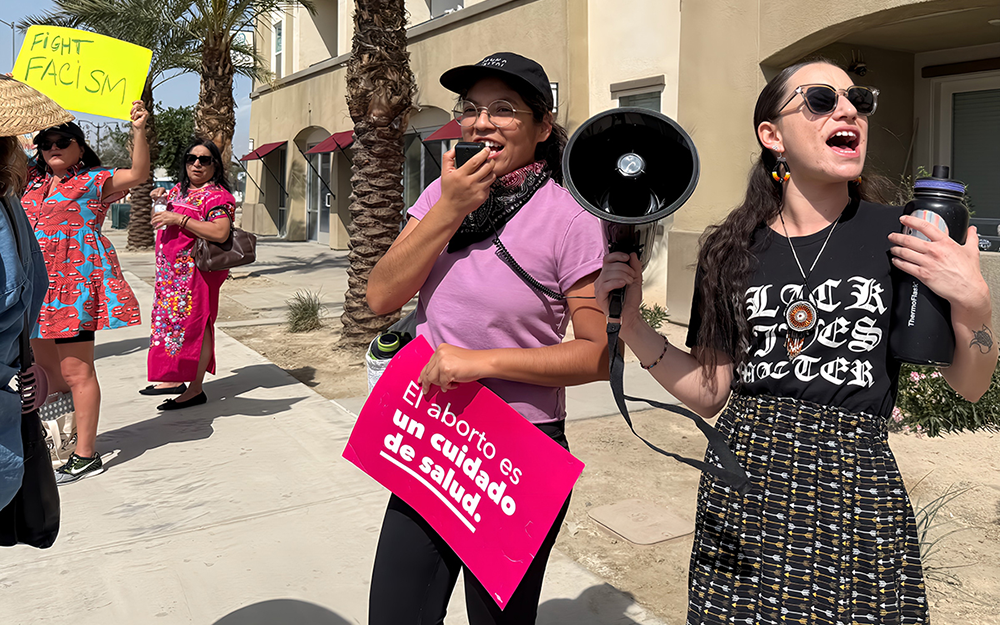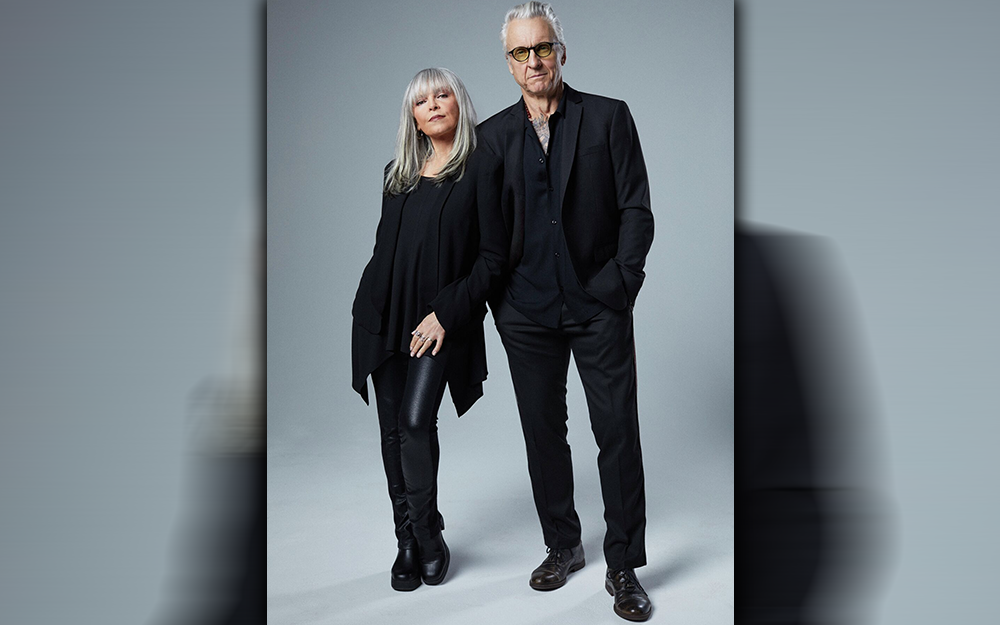
By Rick Riozza
Okay folks—here is a sobering reality: A cocktail of hazardous pesticides in wine has tripled in the past seven years. This is what we’ve gleaned from the Pesticide Action Network along with an article by Bob MGinn as published by Sarasota Magazine.
“The presence of harmful pesticide mixtures in wine has increased more than threefold since 2016 official statistics analyzed by Pesticide Action Network (PAN) UK have revealed. Findings from the testing program conducted by the UK government indicate a significant rise in the percentage of wine with multiple pesticide residues, surging from 14%in 2016 to 50% in 2022. The analysis of 72 wine samples in PAN’s report reveals residues of 19 pesticides, nine of which are linked to cancer. A single wine sample was discovered to contain six different pesticides.
“The excessive use of pesticides in the production of wine not only poses a threat to the health of consumers, but also endangers the wellbeing of individuals living and working in wine-producing regions.
Alright—certainly such is the case in Britain. But we won’t be duped—if it’s happening there, it’s happening everywhere!
“In a study conducted in France last October, it was found that children living close to dense vineyards were subject to an increased risk of contracting leukemia. Further, a French nationwide study published in the Environmental Research journal suggested that agricultural practices and pesticides used in vineyards could have been linked to the occurrence of Parkinson’s disease.
And it continues to get close to home: a Canadian research revealed that workers in the wine industry faced a higher risk of developing illnesses caused by exposure to the high levels of pesticides used in vineyards. Individuals employed in the wine industry were at a higher risk of developing illnesses, attributed to their exposure to elevated levels of pesticides.
“And as many of us know, chemicals can become more harmful when combined and yet we continue to set safety limits for just one chemical at a time. Wine lovers shouldn’t have to risk exposure to an array of hazardous pesticides when they fancy a tipple. The organic wine sector is flourishing, proving that it is 100% possible to produce wine without relying on toxic chemicals.”
Concerns about weed killers as carcinogens have been around for a long time, with the weed killer Roundup, in particular, often been blamed for allegedly causing cancer. Now filmmaker Brian Lilla is bringing vineyards into the discussion with his new documentary Children of the Vine.
Lilla claims “picturesque Napa and Sonoma counties are highly toxic” due to the widespread use of Roundup, an herbicide, created by the company Monsanto, which was purchased by the German company Bayer in 2018. (The company maintains that the product is not carcinogenic.)
“In 2018, Sonoma County grape growers treated 55 percent of their vineyard acreage with nearly 40,000 pounds of glyphosate, the main ingredient in Roundup,” and Napa County was nearly as bad, with spraying on 43 percent of its vines. The Center for Disease Control and Prevention conducted a study released last June that involved 2,310 participants that found glyphosate in the urine of 80 percent of participants.
“The World Health Organization has classified glyphosate as ‘probably carcinogenic’ and cancers such as non-Hodgkin lymphoma have been linked to exposure to the substance. The amount that could find its way into grapes and eventually wine is unknown, but Lilla hopes to inspire winemakers to consider alternatives to glyphosate.
“It might seem logical to simply avoid wines that are not labeled organic. Unfortunately, it’s not that easy. Grapes grown organically may not end up as organic wine, or perhaps the designation is cumbersome to obtain, discouraging the winery from seeking the designation.
“Also, there is a problem called wind drift. If herbicides are spread on a windy day, especially by air, the wind can push them onto neighboring vineyards that may be classified as organic. In May 2014, a pesticide drift occurred in Lodi, California and affected vineyards up to 35 miles away. Glyphosate products are spread in the winter, when the vines are dormant, because they cannot be used on grapes themselves. Fruit hit with herbicides cannot be used to make wine.
“If you’re concerned, do your due diligence when purchasing wine. Contact the winery directly and ask if glyphosate was used in producing its products. Popular opinion can change winemaking practices.”
With all of this crazy stuff going on, it clearly behooves us to start searching out true organic and bio-dynamic farming wine products for our family table!!
We will again jump on this pressing issue as we will focus on such sustainable farming practices when it comes to beloved vino, along with some of our favorite organic/bio-dynamic recommendations. See you soon! Stay safe! Cheers!










































